Nothing now obstructing development of revolutionary computers, key figure says.


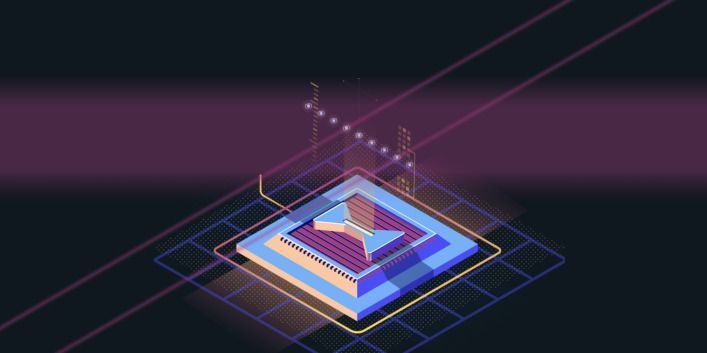
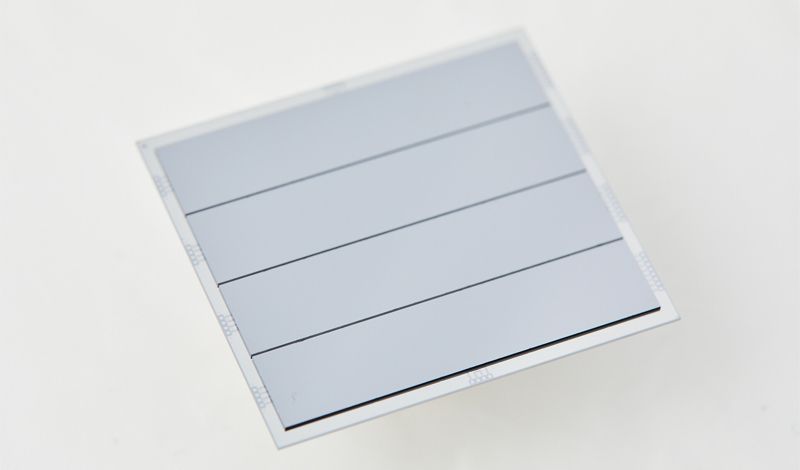
Rigetti Computing, a California-based developer of quantum integrated circuits, has announced it is launching the world’s first multi-chip quantum processor.
The processor incorporates a proprietary modular architecture that accelerates the path to commercialization and solves key scaling challenges toward fault-tolerant quantum computers.
“We’ve developed a fundamentally new approach to scaling quantum computers,” says Chad Rigetti, founder and CEO of Rigetti Computing. “Our proprietary innovations in chip design and manufacturing have unlocked what we believe is the fastest path to building the systems needed to run practical applications and error correction.”
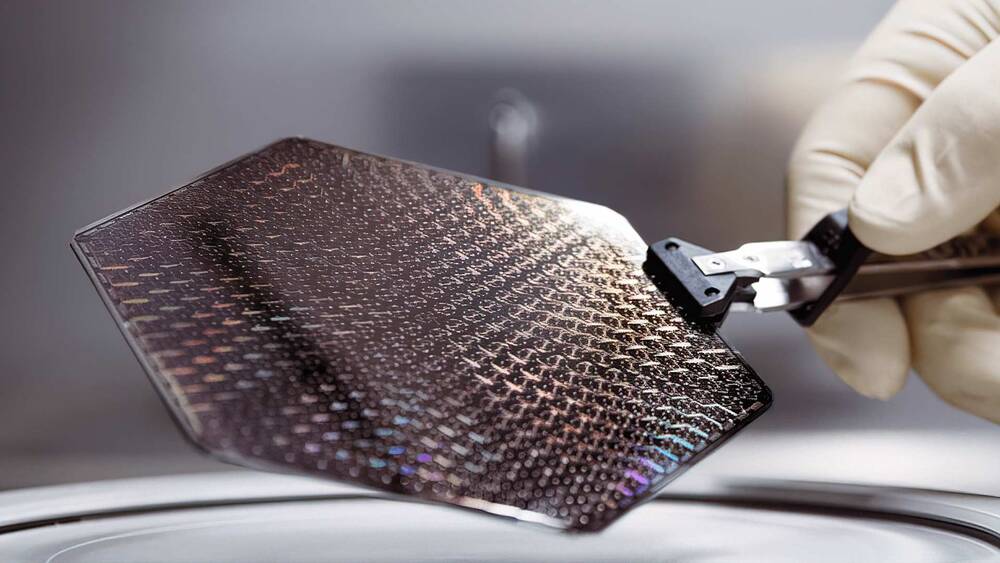
Quantum computing is coming on leaps and bounds. Now there’s an operating system available on a chip thanks to a Cambridge University-led consortia with a vision is make quantum computers as transparent and well known as RaspberryPi.
This “sensational breakthrough” is likened by the Cambridge Independent Press to the moment during the 1960s when computers shrunk from being room-sized to being sat on top of a desk.
Around 50 quantum computers have been built to date, and they all use different software – there is no quantum equivalent of Windows, IOS or Linux. The new project will deliver an OS that allows the same quantum software to run on different types of quantum computing hardware.
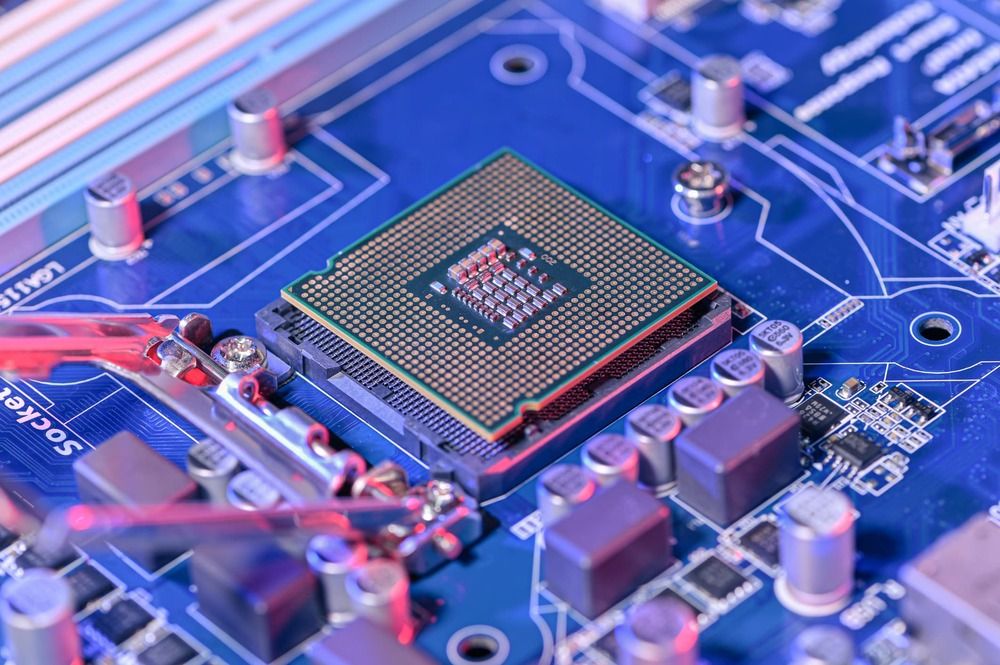
LONDON – Newport Wafer Fab, the U.K.’s largest chip producer, is set to be acquired by Chinese-owned semiconductor company Nexperia for around £63 million ($87 million) next week, according to two sources close to the deal who asked to remain anonymous because the information is not yet public.
Nexperia, a Dutch firm that is 100%-owned by China’s Wingtech Technology, told CNBC on Friday that the deal talks are ongoing.
Located in Newport, South Wales, privately-held NWF’s chip plant dates back to 1982 and it is one of just a handful of semiconductor fabricators in the U.K.

Sorry, we’re having trouble playing this video.
Learn More.
Transportation Insider posted an episode of Cars Insider.
This computer technician built a life-size remote-controlled Corvette.
Watch more from Discover:.
What you want to know about cars. A section of Insider.

Not everything that is true can be proven. This discovery transformed infinity, changed the course of a world war and led to the modern computer. This video is sponsored by Brilliant. The first 200 people to sign up via https://brilliant.org/veritasium get 20% off a yearly subscription.
Special thanks to Prof. Asaf Karagila for consultation on set theory and specific rewrites, to Prof. Alex Kontorovich for reviews of earlier drafts, Prof. Toby ‘Qubit’ Cubitt for the help with the spectral gap, to Henry Reich for the helpful feedback and comments on the video.
▀▀▀▀▀▀▀▀▀▀▀▀▀▀▀▀▀▀▀▀▀▀▀▀▀▀
References:
Dunham, W. (2013, July). A Note on the Origin of the Twin Prime Conjecture. In Notices of the International Congress of Chinese Mathematicians (Vol. 1, No. 1, pp. 63–65). International Press of Boston. — https://ve42.co/Dunham2013
Conway, J. (1970). The game of life. Scientific American, 223, 4. — https://ve42.co/Conway1970
Churchill, A., Biderman, S., Herrick, A. (2019). Magic: The Gathering is Turing Complete. ArXiv. — https://ve42.co/Churchill2019
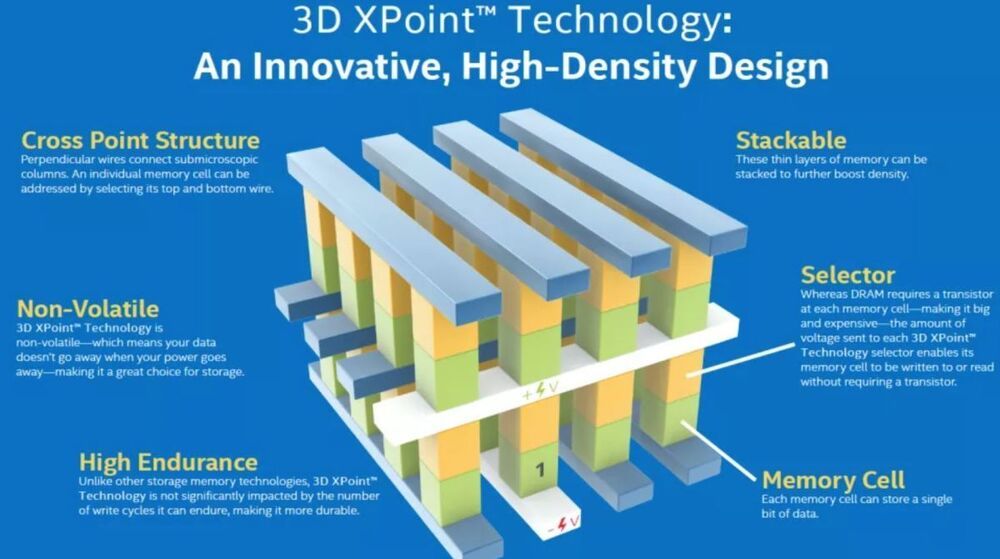
Micron pops the parachute.
Micron announced today that it has entered into a definitive agreement to sell its Lehi, Utah fab to Texas Instruments for $900 million in cash. In March, Micron announced that it planned to sell off the fab, bringing an end to its production of the radical new 3D XPoint (Optane) memory technology that it developed with Intel. Texas Instruments plans to deploy its own technologies at the site, meaning that it will not be used for 3D XPoint production. Intel currently doesn’t have any known high-volume production of the strategically important storage/memory media. However, it is known to produce a small amount of the media for research and validation at its New Mexico facility. As a result, Intel will likely have to establish its own production lines to ensure the supply of its Optane based SSDs and persistent memory DIMMs for its data center clients, though demand has seemed tepid.
Micron chose to exit 3D XPoint manufacturing due to lackluster demand that the company said had “insufficient market validation to justify the ongoing high levels of investments required to successfully commercialize 3D XPoint at scale.” The company recently divulged that it lost $400 million this year alone due to the lack of demand for 3D XPoint.
Micron has an agreement to produce 3D XPoint (which Intel brands as ‘Optane’) for Intel until the end of 2021. However, Intel’s own efforts to productize Optane, which uses the 3D XPoint media, have met with slow but steady uptake in the data center but fizzled in the consumer market. As such, Intel ceased production of all Optane devices for desktop PCs in January 2021.
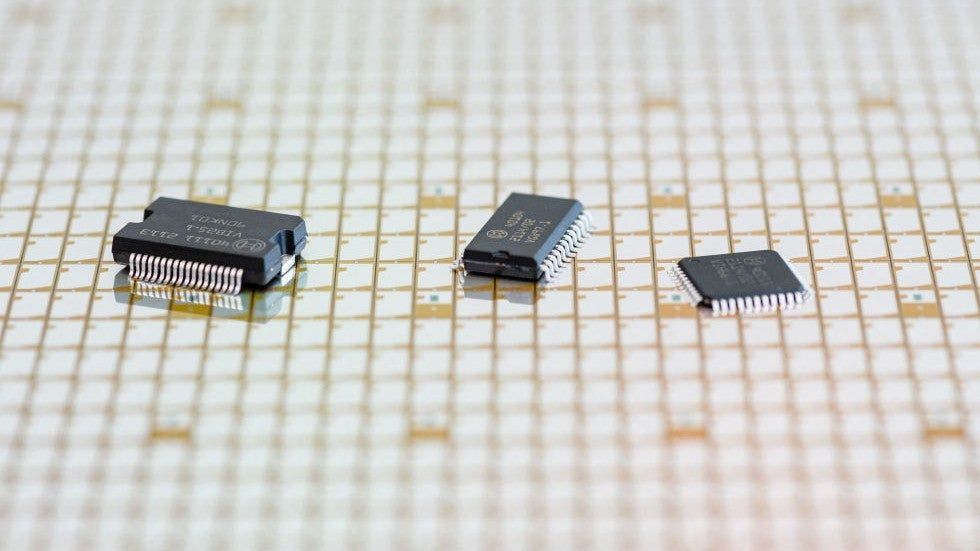
Fortunately, automakers, suppliers and government leaders are examining things like electric vehicles and where batteries and other parts come from as they push for North American production. The Department of Energy has released a National Blueprint for Lithium Batteries, and a plan to support the domestic battery production to meet growing needs as people go back to work and school in the fall.
It is tempting to see the chip storage problem as just a technology story. But it also has real-world implications for our national security as so much of defense relies on computers and communications in the era of modern warfare.
As Americans celebrate our independence, we have to re-commit to being independent when it comes to reliance on others for goods and services that fuel our lives. We can’t make everything at home, but we can make more and ensure that disruptions abroad don’t reverberate, negatively, at home. As Congress continues to debate infrastructure and other major legislation, and the COVID-19 pandemic retreats, we will need to work together to ensure that we are prepared for whatever 2022 might bring.